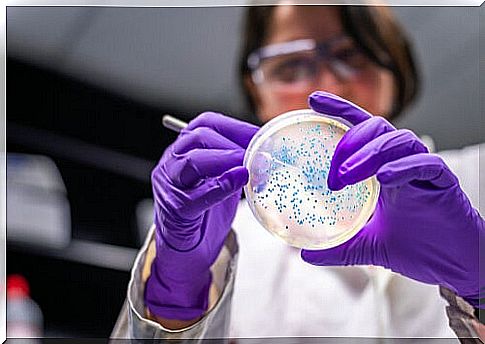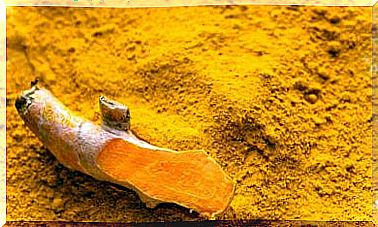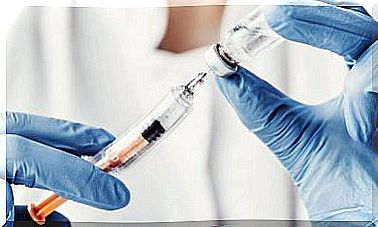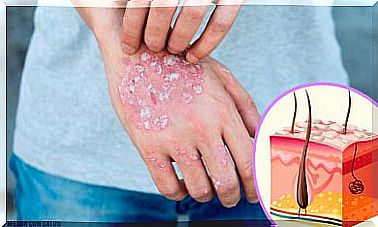Differences Between Viruses And Bacteria
Both viruses and bacteria are microorganisms that can cause infections and damage to our body. Although it is sometimes difficult to differentiate what actually causes some infections due to their similarities, in reality the two microorganisms are very different.
Precisely, now that we are experiencing a global pandemic caused by a virus (coronavirus), it is important to know more precisely what are those characteristics that differentiate viruses from bacteria. We will detail it in the following space.
General differences between viruses and bacteria
One of the main differences between viruses and bacteria is that viruses are more harmful to health and always cause disease. With bacteria it is not exactly like that. There are many bacteria that are part of our body. This is the case, for example, of the bacteria that maintain the pH of the digestive system (intestinal flora).
Although not everything is black or white, and it is not always the case, since a lack of control in the population of bacteria in our body or some pathogenic bacteria produce diseases. Also, thanks to scientific advances, viruses called bacteriophages are being used to treat certain diseases.

What are their structural differences?
While bacteria are considered independent microorganisms, due to their complexity and their ability to reproduce and survive on their own, this is not the case with viruses. It is not entirely clear that a virus outside a more complex cell can survive.
Viruses lack the “organs” necessary for their metabolism. They also need a cell to function as a host in order to reproduce. Therefore, they are not functional at the individual level and will always need a more advanced organism to survive.
They also differ in size. Bacteria are almost 100 times larger than viruses. This makes them visible with a light microscope. In order to visualize a virus, the electron microscope will have to be used.
This difference in size is also given by the complexity. A bacterium is formed by a bacterial wall and a cytoplasm with all its organelles inside. The virus is only made up of its genetic material and a protein coat.
How do viruses and bacteria affect us?
Regardless of the bacteria that are already part of our body, both microorganisms can enter it. They do it through the mouth, nose, skin wounds, bites of certain insects, among others.
Once inside the body, our immune system may act efficiently and there are no consequences, or infections or diseases may occur. The virus produces effects in our body, damaging or killing the cells in which it enters to reproduce.
Bacteria, for their part, do so by consuming the resources of the cells of our body or by producing toxic substances. These substances are known as toxins. While infections caused by viruses are usually systemic, those caused by bacteria will almost always start locally.
The pathology and symptoms they produce will depend on the type of virus or bacteria, the immune status and the general characteristics of the person they infect.

How are both types of microorganisms treated?
In a natural way, the one in charge of fighting against infections caused by viruses and bacteria will be our immune system. The better it works, the faster and more effectively the invasion will be controlled. Apart from this, we have certain “external” aids.
Against bacteria, there are antibiotics, drugs that act against the cell wall of bacteria and against their reproduction mechanism. Each type of bacteria will be sensitive to certain antibiotics. As viruses have no walls or mechanisms of their own to reproduce, antibiotics will not be effective against them.
In addition to antibiotics, there are vaccines. Vaccines can work against viruses and bacteria. They are based on dead microorganisms or fragments of inactive microorganisms. These will make our immune system alert and act faster against an infection by that specific pathogen for which it has been vaccinated.
Since viruses mutate much more quickly and easily to adapt to the organism they want to colonize, it is difficult to develop a long-lasting and effective vaccine against them. An example of this is the flu; every year a new flu vaccine is made.
Finally, for viruses there are so-called antivirals. They act in a similar way to antibiotics, but they exert their action on different parts of the virus.
Viruses and bacteria: what you should be clear about
Although in the clinic both types of microorganisms can be similar and produce similar symptoms, there are many differences. As always, before any suspicion or symptom of infection, it will be necessary to go to a specialist who makes the diagnosis correctly and proposes a treatment based on what they consider.









